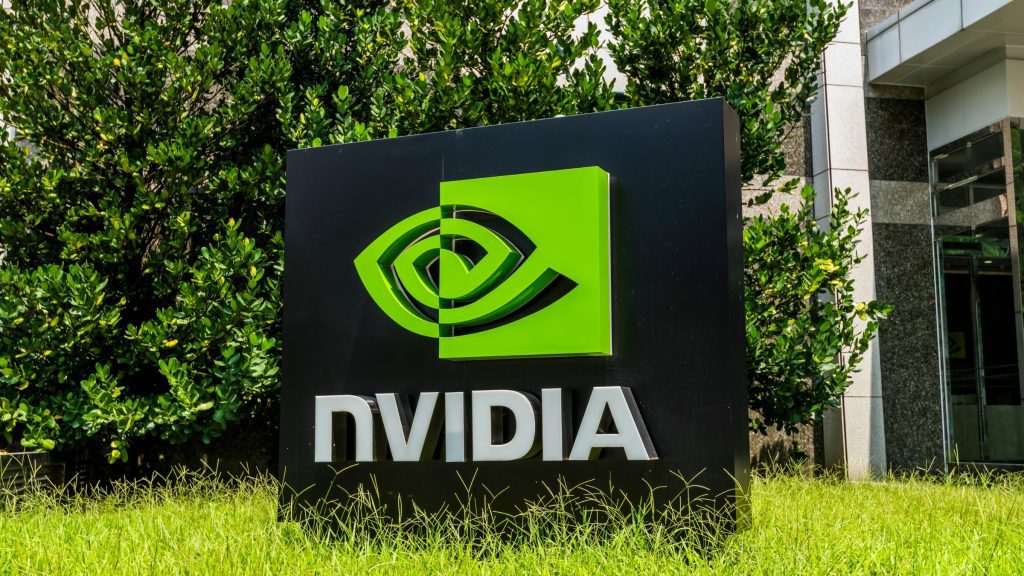
Following the launch of Cosmos, a platform designed specifically to fast-track physical AI systems like autonomous vehicles (Avs) and humanoid robots, Nvidia shifted its focus on robotics integration.
Robotic systems integration is a move to expand the company highlighting the passion to become a key player in the robotics industry.
Nvidia AI Robotics’ Vision
Nvidia CEO Jensen Huang highlighted the need for having AI that understands the physical world, especially concepts like gravity and friction. Huang pointed out that the workforce on a global level is witnessing challenges like the aging population, declining birth rates, and unstable work preferences.
“The world needs more workers,” Huang said, stressing that the integration of robotic technologies will be essential in addressing these issues. Now Nvidia is working on robotic automation integration in different sectors like manufacturing, autonomous vehicles, and healthcare.
According to Huang, the $50 trillion manufacturing industry will be rewritten by AI and robotics. Humanoid robots are already improving manufacturing by performing repetitive tasks and working alongside human workers.
The Cosmos platform has been trained on 20 million hours of video and is designed to help teach AI systems to interact with the physical world. Paired with the virtual simulation environment, Nvidia Omniverse, Cosmos provides “ground truth” for AI, helping it better understand and navigate the real world.
Huang associated this to the relationship that exists between large language models (LLMs) and retrieval-augmented generation (RAG) systems.
Nvidia’s robotics integration approach includes three key technologies:
- Deep GPU Xceleration (DGX) used in training AI models.
- AGX used for real-world applications such as autonomous vehicles and robots.
- Digital Twin, an artificial environment where AI is fine-tuning its skills before going live.
Nvidia Robotics Strong Research
Integrated automation robotics undergoes pioneering research by the company. This research focuses on developing cutting-edge technologies to enable robots to better understand and interact with the physical world.
Senior research manager and lead of Embodied AI (GEAR Lab) at Nvidia, Jim Fan, said “It gives me a lot of comfort knowing that we are the last generation without advanced robots everywhere. Our children will grow up as ‘robot natives’. They will have humanoids cook Michelin dinners, robot teddy bears tell bedtime stories, and FSD (full self-driving) drive them to school.”
Apart from Cosmos, Nvidia unveiled HOVER, a 1.5 million-parameter neural network that can be used to control the movement of humanoid robots.
Nvidia also released Project GR00T, a framework for creating synthetic datasets from human actions, and Jetson Thor, a small computer for humanoid robots that will be available in 2025.
Moreover, OpenAI has put efforts to invest in robotics as well, especially to integrate it in hardware and software of several robot types, for example, investing in the robotics AI startup Physical Intelligence. Also, the humanoid robot of Tesla highlights the capabilities of autonomous robots.
Final Thoughts
Nvidia’s push for robotics integration alongside the launch of Cosmos forms a significant step towards a future where AI driven robots become integrated in different industries. Integrated automation and robotics with pioneering research and strategic planning will place Nvidia as a world leader in the robotics and AI sectors.
Inside Telecom provides you with an extensive list of content covering all aspects of the tech industry. Keep an eye on our Tech sections to stay informed and up-to-date with our daily articles.